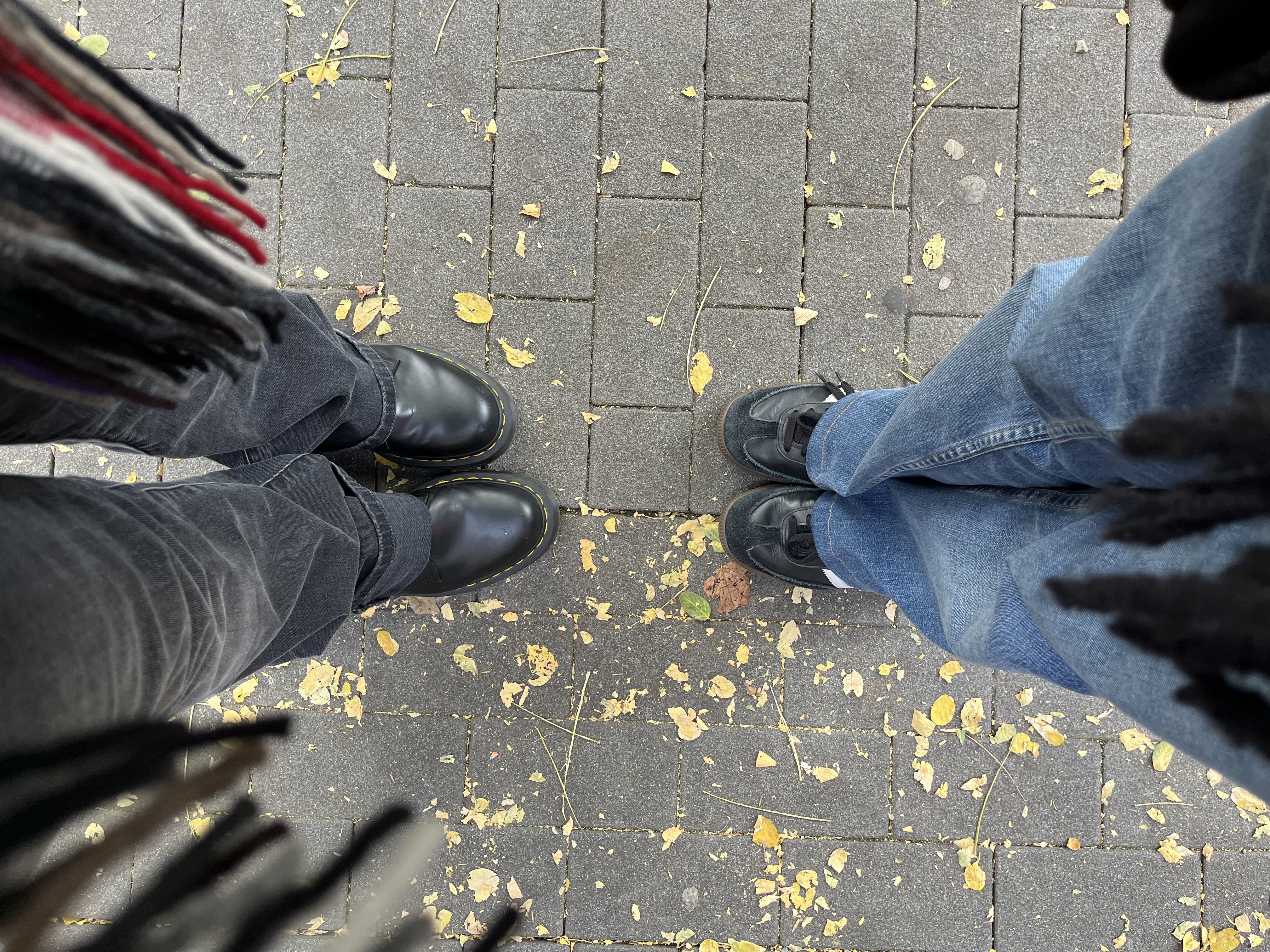Forces + motion
Cards (54)
- Motion key words
- Contact forces
- Non contact forces
- Newtons first law
- Newtons second law
- Newtons third law
- Hooke's law equation
- Hooke's law meaning
- A scalar has
- A vector has
- Vector arrows rule
- Displacement
- Solid pressure equation
- Liquid pressure equation
- Gas pressure equation
- Factors affecting thinking distance
- Factors affecting braking distance
- Thinking distance + braking distance =
- Distance time graphs
- Velocity time graphs
- Velocity (v) =
- Acceleration (a) =
- Final speed² (v²) =
- Equibrilium
- A moment is...
- Moment (M) =
- Work done (w) =
- Weight (w) =
- Distance (d) =
- Force (f) =
- Momentum is
- Momentum (p) =
- Momentum equation
- Change in momentum (∆p) =
- Seat belts/ crumple zones
- Elastically deformed objects...
- Inelastically deformed objects...
- Limit of proportionality
- Investigating springs experiment
- Levers help doing work by...
